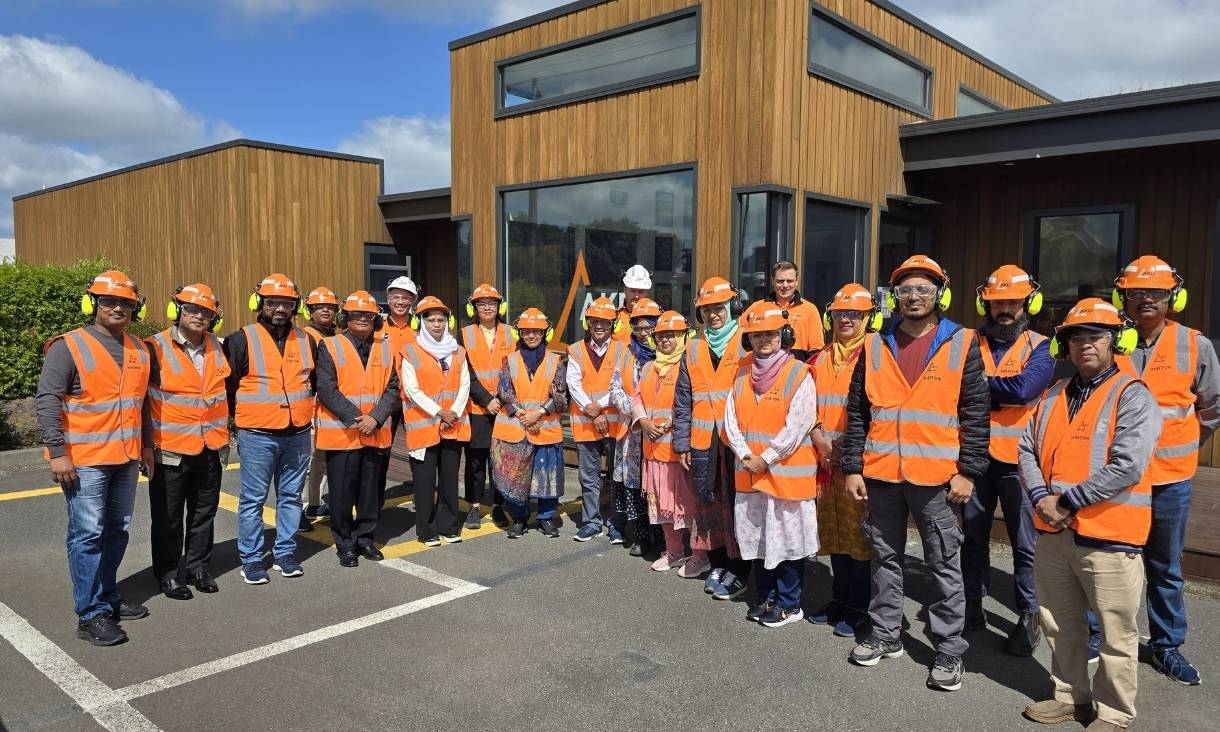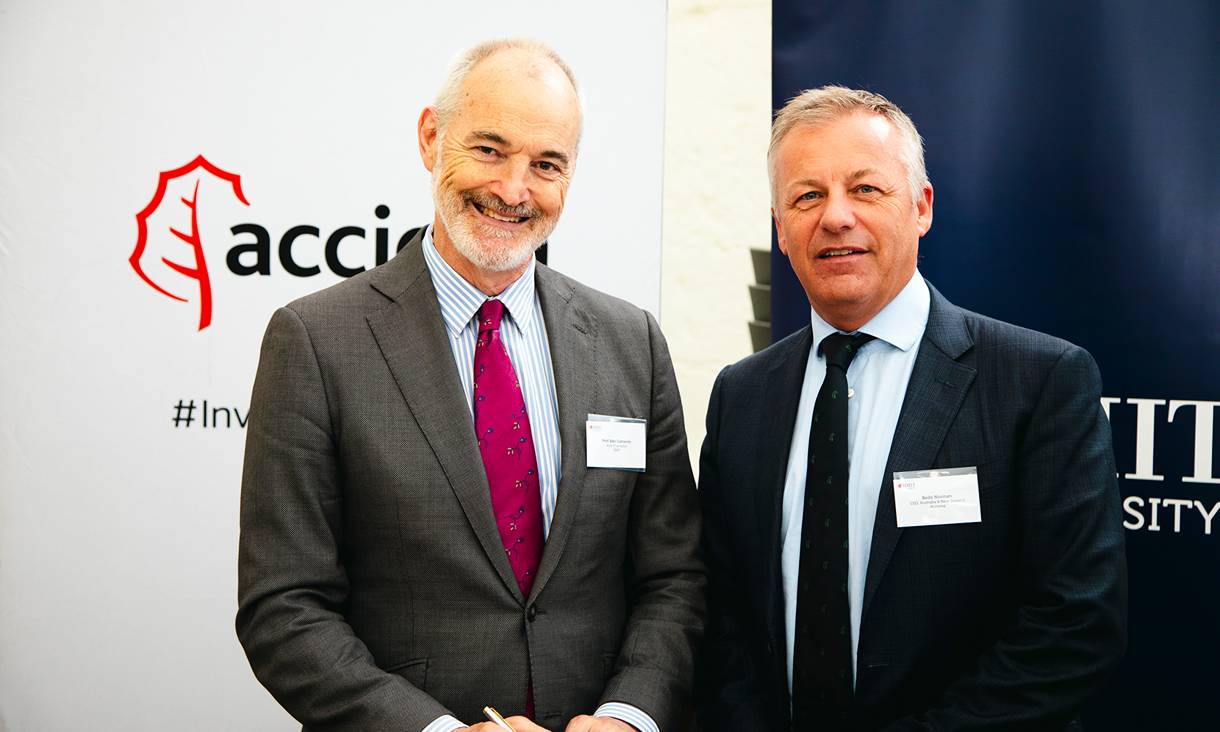Stations like South Yarra, Prahran and Balaclava were identified as highly walkable, having been designed to encourage walking and cycling, maximise public transport use and boost the health and wellbeing of nearby residents.
Stations that did poorly were unsurprisingly located in Melbourne’s outer ring due to a lack of connecting transport such as buses and lack of activity centre features.
“This makes it hard for people to get to the stations, meaning they have to rely on driving,” Gunn said.
“The recent announcement for 25 new carparks at Melbourne train stations by Prime Minister Scott Morrison will be welcomed by those living in outer areas where access to connecting transport, such as buses, is sparse and poorly provisioned.
“Ideally you want a ‘turn-up-and-go service’ where transport comes frequently and people don’t have to wait a long time for a train, bus or tram to turn up.”
Gunn says that for some stations, Melbourne could do far more with the car parking spaces.
“Mixed use developments consisting of retail, apartments and underground car parking could be the answer,” she said.
“It’s a better use of these ‘shovel ready’ spaces that will become increasingly valuable as the city grows.
“But we can’t do this everywhere and when other forms of public transport are lacking, increasing car parking spaces allows people to use trains to go longer distances without clogging the roads.
“Ideally all stations should be planned with zoning and street networks that facilitate walkability, as this futureproofs these areas for development at a later stage.”
Gunn said the findings, published in the Journal of Transport Geography, could be used to mitigate low walkability by using development strategies informed by the train station types and based on the features of the most walkable train station neighbourhoods.
“This research supports a revision to the old adage, ‘if we build it, they will come’. Perhaps, if we build it with the right features, and in the right location, they will come.”
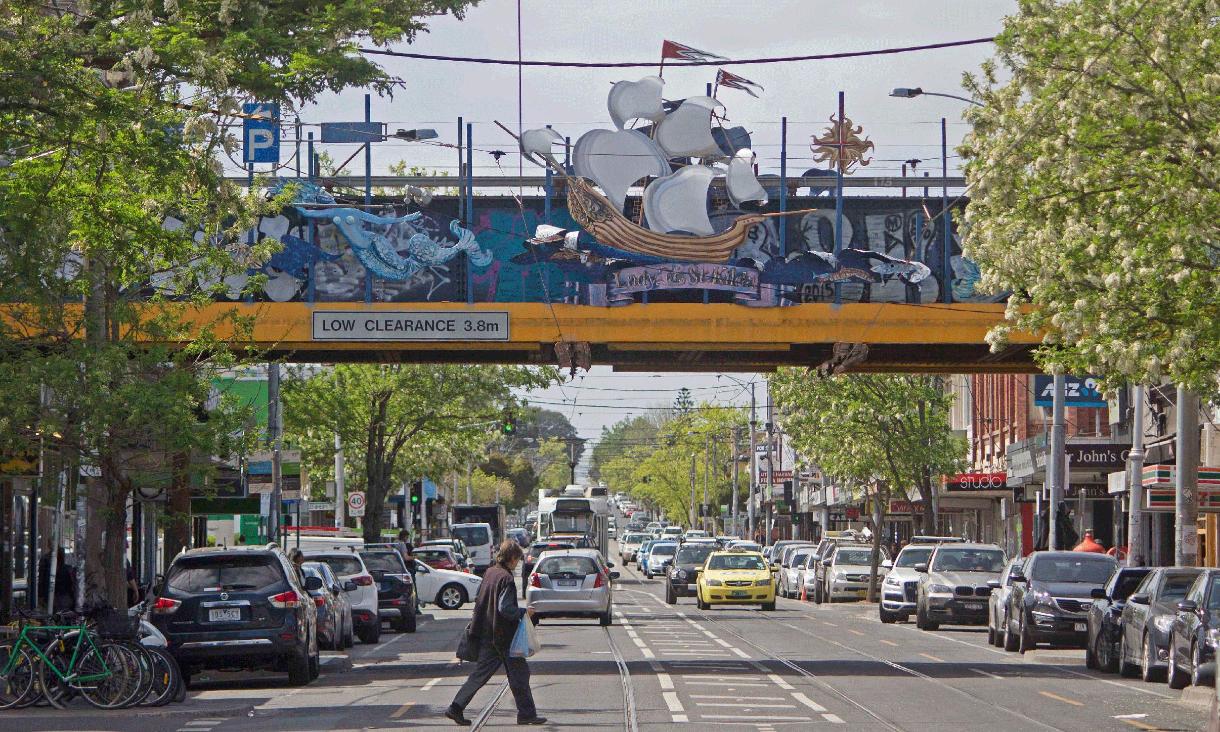
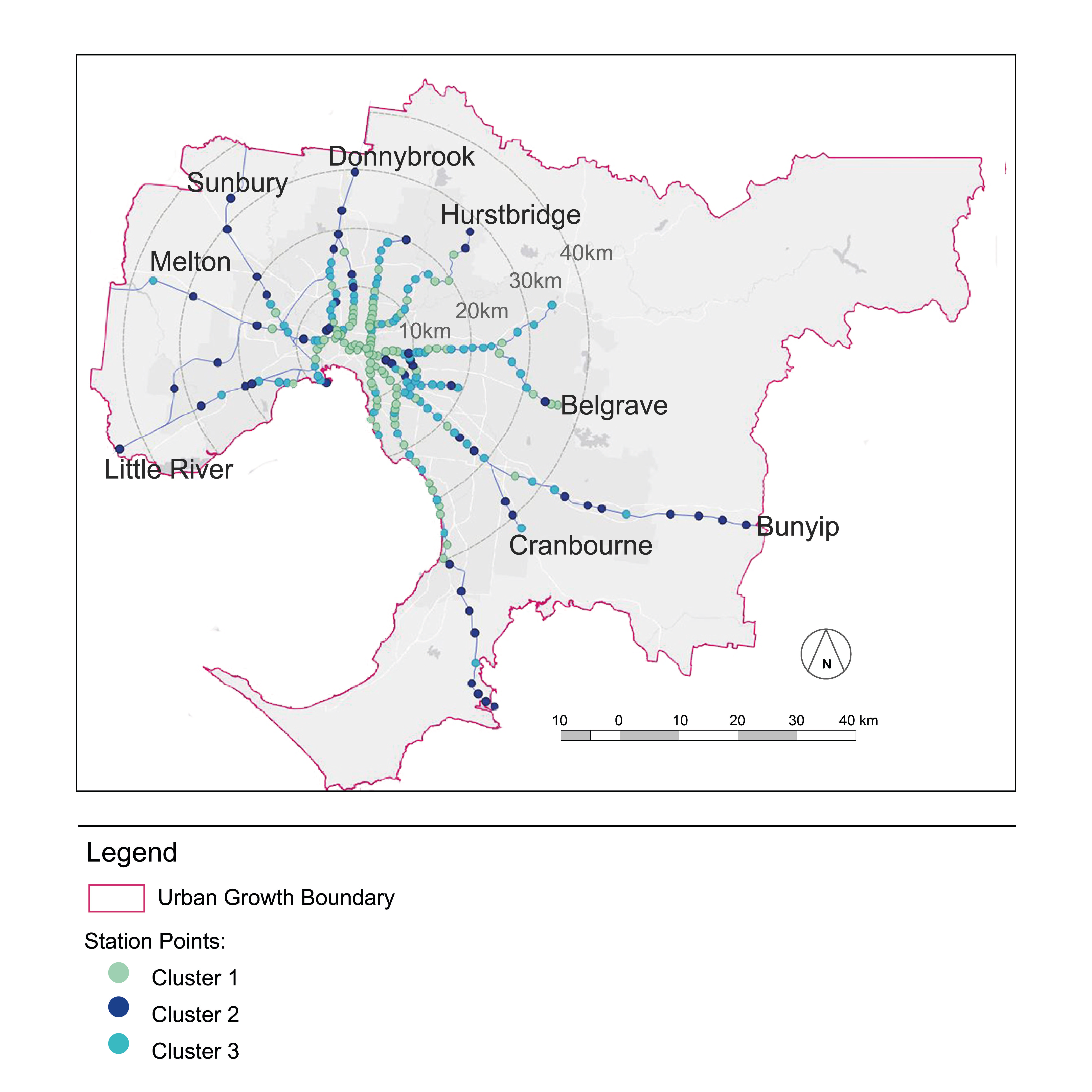
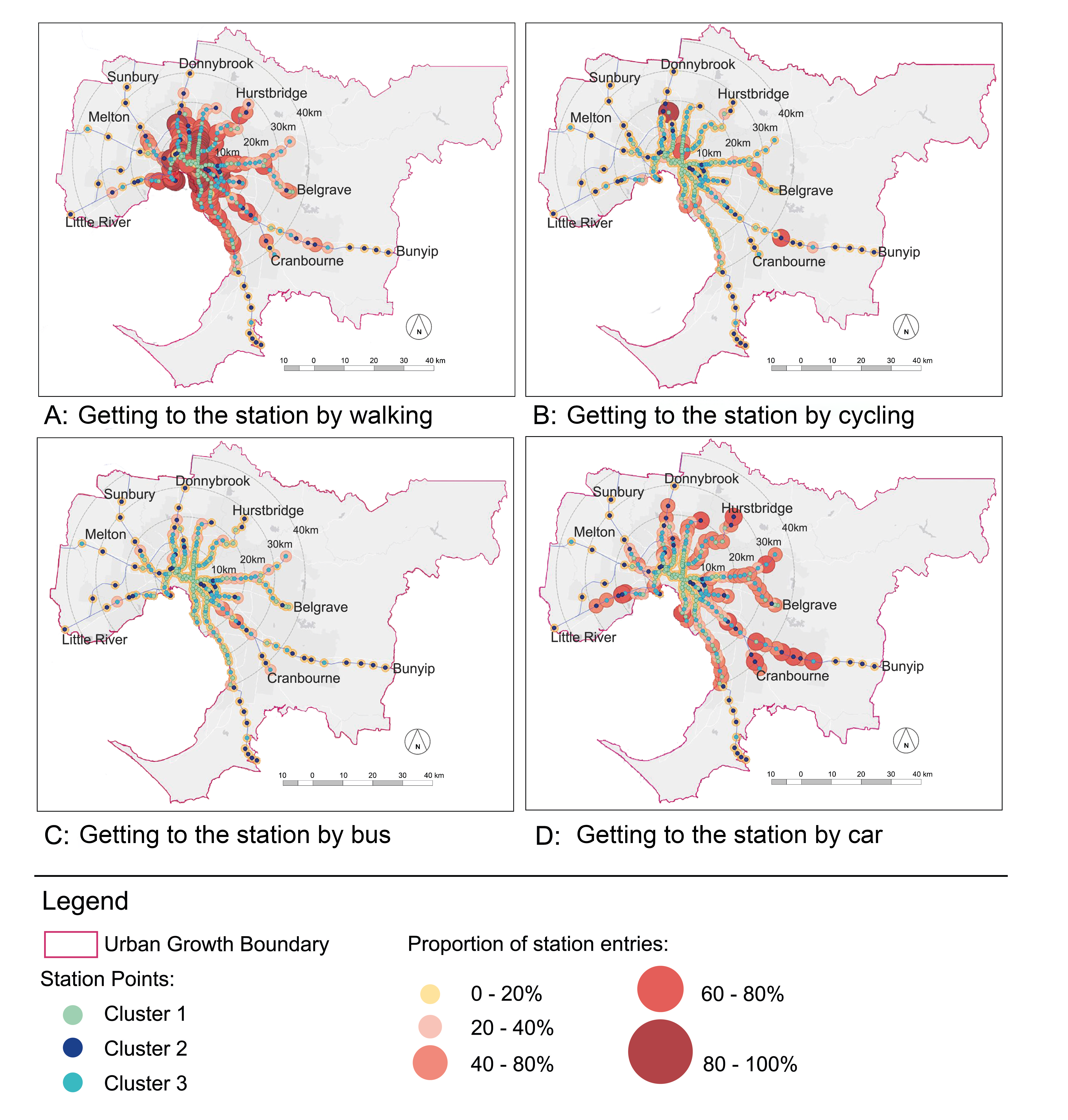
.jpg)

